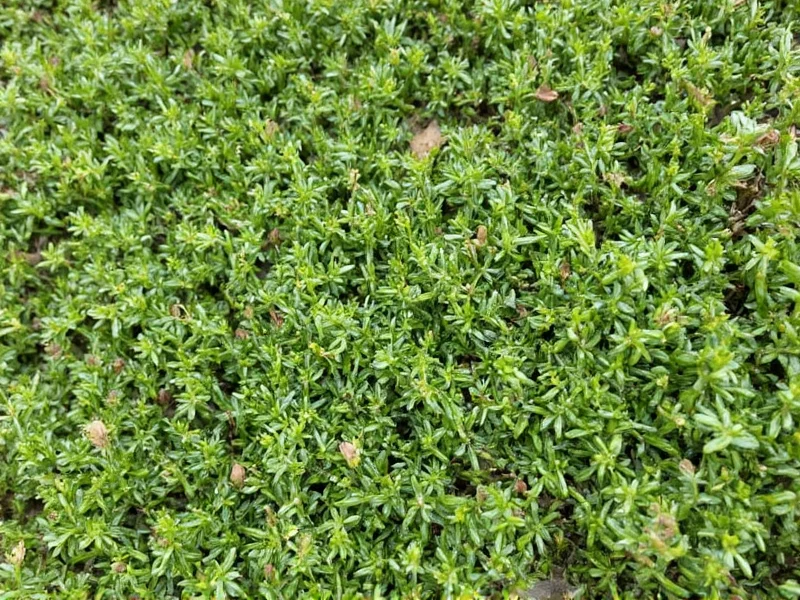Thyme isn't merely an herb—it's a kitchen workhorse that elevates dishes without overpowering them. Unlike many herbs that lose potency when cooked, thyme's essential oils withstand heat, gradually releasing flavor throughout the cooking process. This unique characteristic explains why experienced cooks keep fresh thyme within arm's reach while preparing stocks, braises, roasts, and vegetable dishes.
Why Chefs Say There's Never Enough Thyme
The phrase "never enough thyme" captures professional kitchen wisdom about this indispensable herb. Thyme's chemical composition contains thymol, which intensifies other flavors while contributing its own subtle complexity. When added early in cooking, thyme's woody stems infuse liquids with depth; when used fresh as a garnish, its delicate leaves provide bright aromatic notes. This dual functionality makes thyme equally valuable in French bouquet garni, Mediterranean roasts, and even some dessert applications.
Thyme Varieties and Their Culinary Applications
Understanding different thyme cultivars helps maximize its potential in your cooking. Each variety offers distinct flavor nuances that suit specific applications:
| Thyme Variety | Flavor Profile | Best Culinary Uses |
|---|---|---|
| Common Thyme (Thymus vulgaris) | Earthy, slightly lemony | Stocks, braises, roasted meats |
| Lemon Thyme (Thymus citriodorus) | Pronounced citrus notes | Fish dishes, fruit salads, vinaigrettes |
| Caraway Thyme (Thymus herba-barona) | Distinct caraway undertones | Sausages, potato dishes, bean soups |
| Lavender Thyme (Thymus vulgaris 'Lavender') | Floral, perfumed | Desserts, honey infusions, decorative garnishes |
Optimal Thyme Usage Techniques
Mastering thyme requires understanding when and how to incorporate it. For dried thyme, which concentrates flavor through dehydration, use one-third the amount of fresh thyme called for in recipes. Always add dried thyme early in cooking to allow rehydration and flavor dispersion. Fresh thyme stems withstand long cooking times—simmer stocks with whole sprigs for 30 minutes before removing. For delicate dishes, strip leaves from stems and add during the final 10 minutes of cooking to preserve volatile aromatic compounds.
Growing Your Never-Ending Thyme Supply
Establishing a thyme garden ensures constant access to this essential herb. Thyme thrives in well-drained soil with full sun exposure and minimal watering. Plant cuttings in spring after the last frost, spacing plants 12-18 inches apart. Harvest by snipping 4-6 inch stems in the morning when essential oil concentration peaks. Regular harvesting encourages bushier growth—never remove more than one-third of the plant at once. In colder climates, grow thyme in containers that can move indoors during winter.
Preservation Methods for Year-Round Availability
Preserving thyme properly maintains its culinary value throughout the year. Freeze fresh sprigs in olive oil using ice cube trays for ready-to-use cooking portions. Alternatively, dry thyme by hanging small bundles upside down in a dark, well-ventilated space for 1-2 weeks until brittle. Store dried thyme in airtight containers away from light and heat. For maximum flavor retention, freeze whole sprigs in vacuum-sealed bags—this method preserves 90% of volatile compounds compared to 60% with traditional drying.
Common Thyme Missteps to Avoid
Many home cooks underutilize thyme due to common mistakes. Adding dried thyme too late in cooking prevents proper flavor integration. Over-chopping fresh thyme releases excessive bitterness from the stems. Using thyme in sweet applications without balancing its earthiness creates discordant flavors. Remember that thyme complements rather than dominates—its magic lies in enhancing other ingredients. When substituting, rosemary provides similar earthiness but requires reduced quantities due to stronger flavor intensity.
Embracing the Never Enough Thyme Philosophy
The "never enough thyme" concept represents more than herb usage—it embodies thoughtful ingredient selection and patient cooking techniques. By understanding thyme's transformative properties, cooks develop intuition for when dishes need that extra dimension only thyme provides. This approach extends beyond thyme to all quality ingredients: recognizing when a dish needs one more element to achieve balance. Keep fresh thyme accessible while cooking, taste frequently, and don't hesitate to add that additional sprig—your palate will confirm why professional kitchens operate on the principle that there's truly never enough thyme.
Frequently Asked Questions
Can I substitute dried thyme for fresh in recipes?
Yes, but use one-third the amount of dried thyme compared to fresh. Dried thyme has concentrated flavor due to moisture removal. Add dried thyme earlier in cooking to allow rehydration and proper flavor dispersion throughout the dish.
How do I know when thyme has gone bad?
Fresh thyme spoils when leaves turn dark brown or black, become slimy, or develop a sour smell. Properly stored fresh thyme lasts 10-14 days in the refrigerator. Dried thyme loses potency when it no longer releases aroma when crushed—typically after 6-12 months of storage.
What dishes absolutely require thyme?
Classic dishes that rely on thyme include French bouquet garni, coq au vin, beef bourguignon, roasted chicken, tomato-based sauces, bean soups, and many Mediterranean vegetable preparations. Thyme's earthy notes particularly enhance dishes with mushrooms, onions, garlic, and root vegetables.
Why does thyme work better in long-cooked dishes?
Thyme contains robust essential oils that withstand prolonged cooking. Unlike delicate herbs like basil or cilantro, thyme's compounds gradually release flavor throughout extended cooking times, infusing dishes with complex layers of taste. The woody structure of thyme stems also helps distribute flavor evenly in stocks and braises.
Can I grow thyme indoors year-round?
Yes, thyme grows well indoors with proper conditions. Use a terra cotta pot with excellent drainage, place in a south-facing window receiving 6+ hours of direct sunlight daily, and water only when the top inch of soil feels dry. Indoor thyme may grow slower but provides fresh leaves year-round for culinary use.











 浙公网安备
33010002000092号
浙公网安备
33010002000092号 浙B2-20120091-4
浙B2-20120091-4